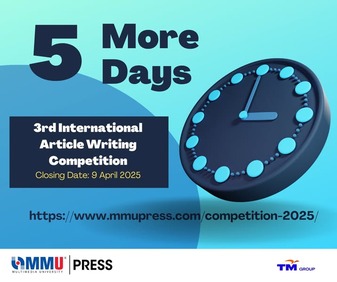Thematic (Augmented Intelligence) in our June 2025 issue
2025-05-14
Dear Author,
The upcoming thematic initially planned for February 2025 will now be featured in our June 2025 issue. We are excited to invite you to join us under the thematic section led by Assoc. Prof. Dr. Heru Agus Santoso, as we delve into the fascinating world of "Augmented Intelligence." This special issue welcomes original contributions that push the frontiers of human-machine collaboration and drive innovation in this transformative field.

